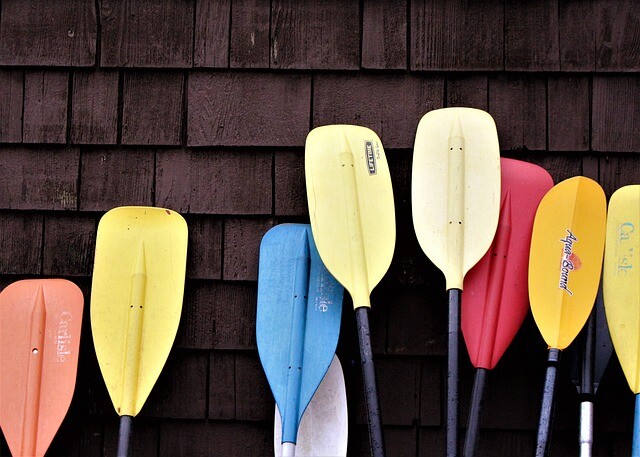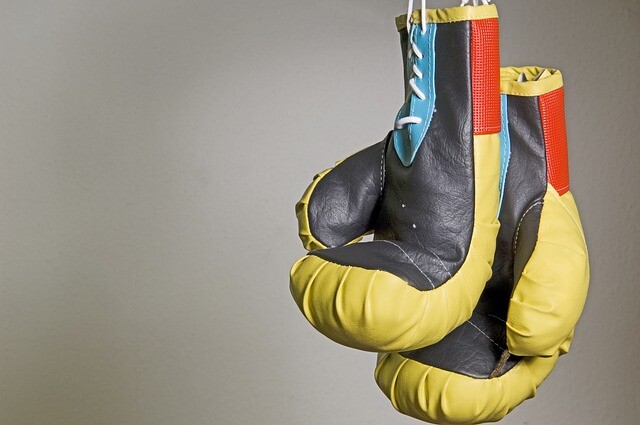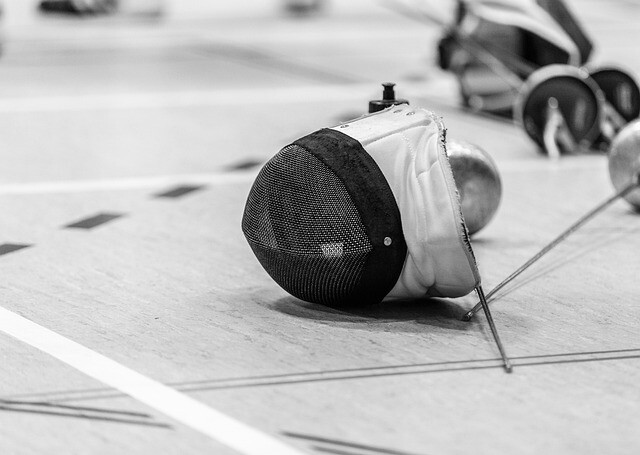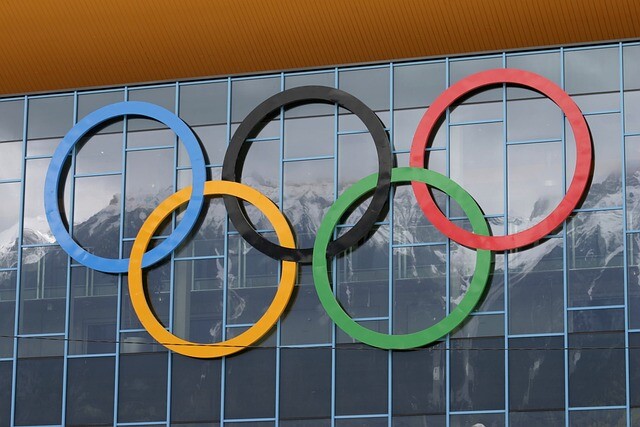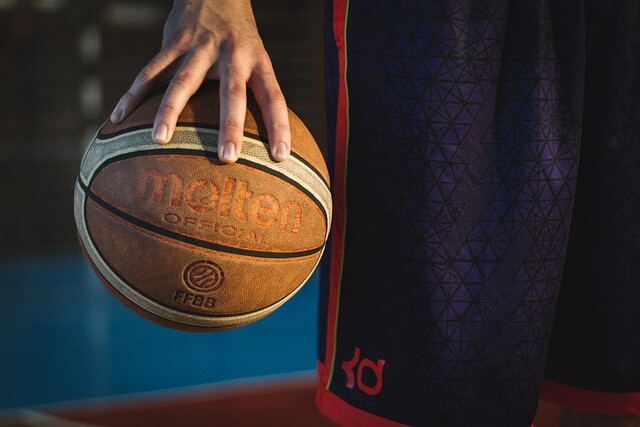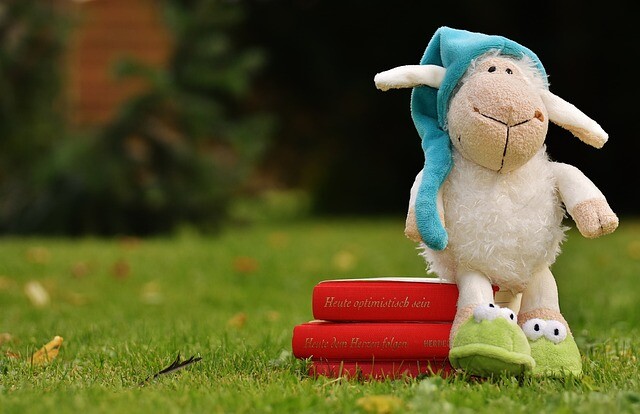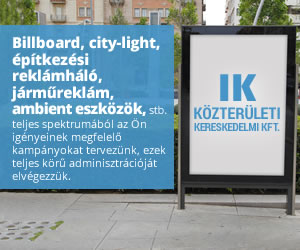Sustainability Wise: Be an environmentally conscious customer too!
This year is undoubtedly about the home office and the time spent between the four walls - in parallel, more and more people have started baking and cooking more regularly. This is a great thing, of course, as it puts even healthier food on the table, but at the same time the question arises: how is our ecological footprint evolving? Although our household will undoubtedly cause a greater burden on the environment, there is still no cause for concern, as with a little attention we can easily carve out of it - let’s say how! (X)
Nestlé in partnership with SPAR How do I become an environmentally conscious customer? has created a little thing called “Helping Us Help Me Help Contribute to a More Sustainable, Greener World. The smart guy can also browse and download online - and we have extracted the most important aspects!

Don't waste, plan instead!
Believe it or not, one of the biggest problems is overconsumption - the amount of food that goes in the trash every week can be measured in tons. Let’s put our hands on our hearts: it’s happened to all of us already! A stray tomato or an apple, a leftover dinner forgotten on the bottom shelf of the fridge… The line could go on for a long time, but you can also build on such experiences: keep track of your consumption so that nothing is accidentally left on you next time - don't waste, plan instead!
Not only see, but also read!
Fortunately, there are more and more quality badges and guarantees on packaging that draw attention to sustainability principles. If, for example, we see the lovely little frog of the Rainforest Alliance, we can be sure that the product in question does not come from arable land that involves the destruction of rainforests. Take the fatigue, read the back of the package, make sure we don’t get a product from the other side of the world in our hands!
Be prepared as the Captain of the Planet!
Here, of course, we don’t think you need superhuman abilities, just a few little things - like reusable bags, for example. Yes, we know, it seems really insignificant, but just think about it: there are 129,000 retail units in Hungary! How many people turn up in these 129,000 stores a day? How many plastic bags can you run out on in one average day? You can store vegetables, fruits and baked goods in reusable bags without further ado - you can also find them in SPAR and INTERSPAR stores.
Reuse instead of recycling!
You can already buy a lot of products whose packaging is already designed to be durable and, if necessary, reusable! Everyone may remember our grandparents ’secret drawer, where various treasures rested in an old candy box: photos, keys, maybe a little plug money. Even if this is not the case, but according to a similar principle, we will rethink which packaging we can still use for what - this is how we will find it in the container of the peanut or pistachio!
Apples from South America? What else!
Of course, the focus is not on apples or South America, but on fruits and vegetables that have been traveled here from afar. These products fly hundreds of miles, consuming a wealth of raw materials and human resources. Choose local, Hungarian or regional crops. And for the experimental, we'll drop this at the end of the article: try what winter is like without bananas!
The new, How do I become an environmentally conscious customer? kisoko and flip through the brochure online and download or To throw it? blog, shoppers can get more advice on more sustainable lifestyles and recycling. Nestlé and SPAR have unveiled their short film based on the publication, from which we can learn even more interesting things about environmentally friendly packaging.
(Source: Editorial)



